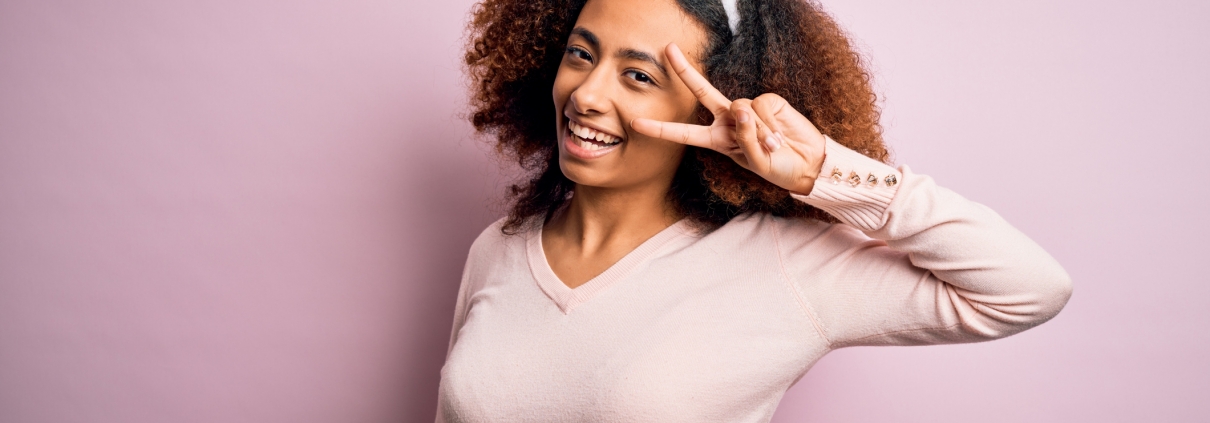Rabbit Teeth
Most people are not satisfied with their smile for reasons such as the rabbit tooth model, improper tooth color, and shape. Today, various dental techniques such as bleaching or teeth whitening, dental composites, dental laminating, orthodontics, and other methods are used to improve the beauty of a smile. In the discussion of smile correction, the front teeth are more important because they are visible. We will first discuss the methods of correcting rabbit teeth and then other cosmetic dental applications.
Correction of rabbit teeth
Rabbit teeth are conditions in which the upper and lower sets of teeth are not aligned. The upper teeth usually protrude and find their way out. In mild cases, the teeth may be a few millimeters from the lower edge of the front edge. In severe cases, the teeth may be pulled down on the lower lip. This condition affects your smile and ultimately your self-confidence. In addition, it causes various oral health problems.
Fortunately, various cosmetic dentistry solutions are available to fix the problem. Veneers or veneers are one of the cosmetic solutions for dentistry. These custom ceramic veneers are placed on your teeth. Veneers cover imperfections that ruin the appearance of your teeth.
Can dentists remove rabbit teeth?
Rabbit teeth are caused by a variety of reasons, including sucking habits, tongue burning, jaw size problems, and more. Problem-solving often depends on the cause. Yes, veneers can fix rabbit teeth in certain cases. But to do this, the teeth need to be slightly modified. Today, everyone wants to find a quick solution to all their problems. Veneers are faster and cheaper than other dental treatments. However, it is recommended that you consult a dental professional before choosing a veneer.
If your dentist recommends dental laminating to treat your rabbit teeth, your jaw structure will be inspected first. This gives the dentist an idea of how to proceed with the treatment.
As discussed above, veneers are custom thin shells that mimic the shape, size, and color of your natural teeth. The dentist shapes your teeth to use custom veneers made for you. When your dentist examines your jaw, he or she will cut and reshape your teeth to make room for veneers.
Until permanent veneers are made, the dentist will place a temporary scalpel to check if your teeth are perfectly fit. If not, your dentist will adjust your teeth further.
During the process, the surface of the teeth is cleaned and polished to be firmly attached to the shell or veneer.
Once the permanent dental laminate is properly placed on your teeth, a laser beam is used to adjust the connection and the cement that holds it in place. Upon completion, the dentist will evaluate the bite pattern and make minor adjustments if necessary.
Dental problems can cause huge problems in the future if left untreated. If laminate veneers do not solve your rabbit teeth problem, your dentist will recommend other options such as orthodontics that are available.
The importance of repairing rabbit teeth
Most patients who seek treatment for their rabbit teeth do so because they are concerned about the beauty of their smile. Fortunately, the problem of rabbit teeth can be solved through a number of treatment options, which will be discussed in the following sections. Most importantly, protruding teeth are very prone to damage. If left untreated, patients may face more costly and extensive procedures in the future.
Orthodontic treatment
The most obvious treatment option for rabbit teeth is orthodontics. Traditional brackets can gradually return the teeth to more favorable positions over time. Unfortunately, many people avoid this option because they do not want to use metal braces. This is why Invisalign is usually recommended instead of traditional orthodontic procedures. Invisalign uses clear removable wires to move teeth instead of metal wires, strips, and brackets. In most cases, treatment can take about 18 to 24 months. This system can solve many of the problems that are usually treated with traditional orthodontics.
Composite bonding
Minor protrusions may not require orthodontic treatment. Some mild cases can be removed with a tooth transplant. During this procedure, your dentist applies tooth-colored composite resin to the teeth. After shaping the material, it hardens on the tooth with the hardening light, and then it is polished to the level of natural shine. Dental transplants can cover cosmetic imperfections and correct teeth.
Laminate or porcelain veneer
Dental laminates do the same thing as composite bonding by covering dental imperfections. However, unlike composite bonding, porcelain veneers are made in a dental laboratory and are designed to fit on your natural teeth. They are thin and transparent and look like natural enamel, the veneers are placed on the front surfaces of the teeth for a more even smile.
Tooth crown
In cases where the problem of rabbit teeth can be solved, the crown can be used to create uniformity and symmetry of the smile. This treatment is usually effective only in cases of minor bumps.
Jaw correction surgery
While no one likes to hear that surgery may be needed, this may be the only option for severe rabbit teeth, especially in adult patients. If the problem is due to a skeletal nature, a dental surgeon can repair and relocate the jaw and bring it back to proper alignment. This process is often followed by traditional orthodontic treatment.

